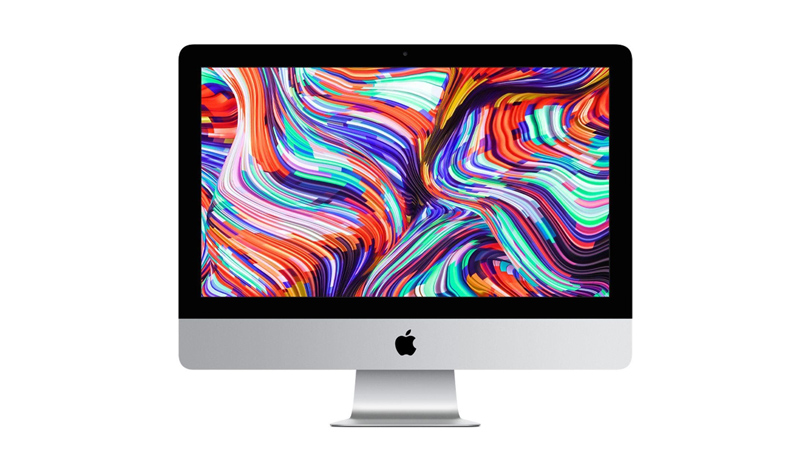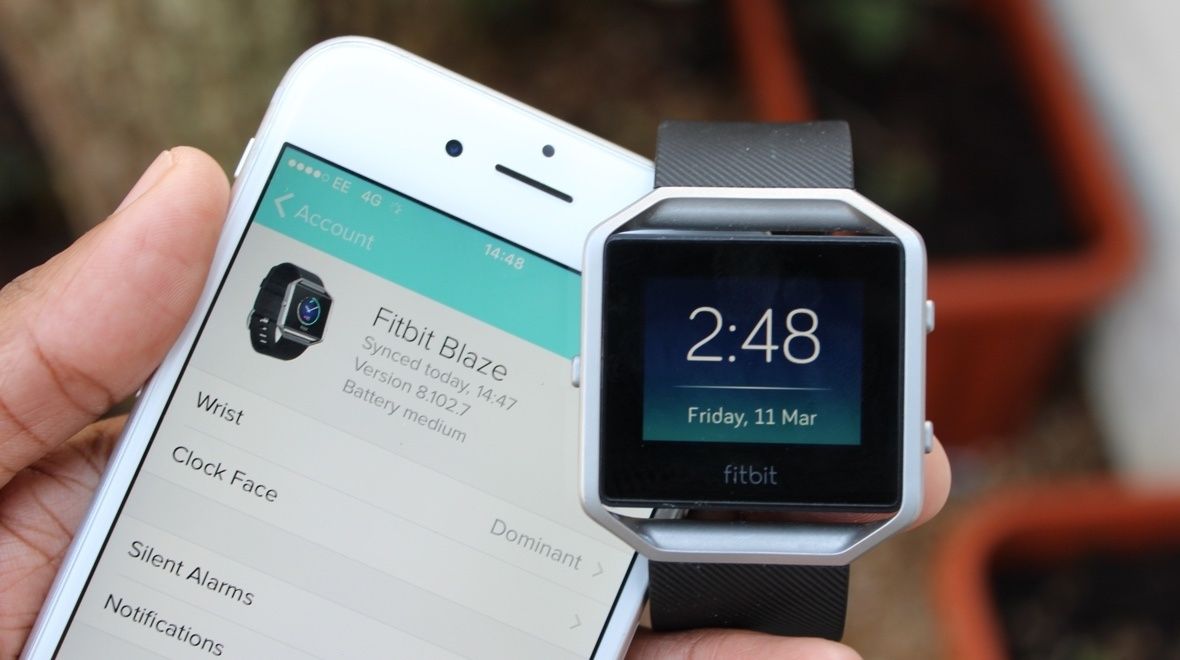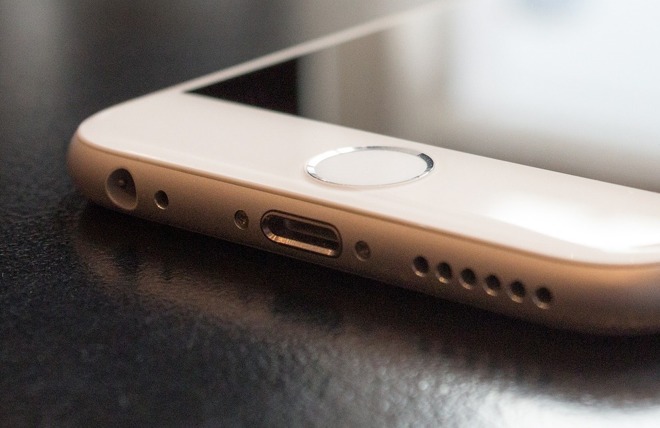With the email arrived a particular way to sign. Sometimes unnoticed, the phrase seems to be a message within the message.
When the iPhone was released on the market, a little more than six years, the post of millions of people began to sign with a particular phrase at the end: “Sent from my iPhone”
Although the cellular Apple were not the first to provide e-mail service in a smart phone, the distinctive signature became a characteristic element of the business, so step to the iPad, the iTouch and the iPad mini.
With that, many suppliers of telephones – and applications, portals and software – added the phrase to the mails that were sent from their platforms: “Sent from my Android”, “Sent from my BlackBerry”, “Sent from Pocket”, “Sent from Twitter” and thus have similar with thousands of suppliers of Internet services.
But what is behind this particular phrase? Why do many users choose remove it? What does it say that signing of us?
WHAT MEANS
We cannot agree with that in the beginning, the phrase was a status symbol: when the iPhone was launched, on 29 June 2007, many saw it as an exclusive object and sophisticated, in part because of their high cost and in part because it was, in effect, only.
“Some part of us wants everyone to know that we have the latest and best smart phone of the planet,” he wrote in his time the technology consultant and writer Michael Silberman.
But it is precisely for this reason that some people saw the phrase as a gesture of arrogance, among them the blogger technology of BBC World, David bies: “It is obnoxious; in fact, the signature that i put in the mail from my cellular phone is “Sent from my cellular phone (the brand doesn’t matter. “”. )
But in addition to this interpretation, when the company began to popularize, it was also thought that intended to report that the sender was sending the email from a mobile device, which is why the text could have grammatical errors, spelling.
This was the editor and writer on technology of the magazine The Atlantic, Alexis Madrigal: “meant “i’m using a costly phone to send this e-mail, so I do not judge for errata, lack of punctuation or incomplete sentences””.
LICENSE ERRORS
And that, in effect, has been the use that many users have given to the concept of the signing of the mail that is sent from a mobile phone, not only from Apple but from any other company.
TO purpose of the birthday of the iPhone, the technology writer Clive Thompson launched a graph the numbers of a study last year in which culture is analyzed the “Sent from my iPhone”.
The study, published in the revisita academic Journal of Applied Communication Research, found that the majority of those who receive an email with the phrase give the sender the license to have errors in the text.
“When the message had good spelling, grammar and punctuation, the sender was being evaluated as very credible; and there was little difference between if the mail was sent from a computer or phone. But when the message had errors, things had changed: the students attributed greater credibility to the person who had written the message poorly in the phone,” say the authors Caleb T. Carr and Chad Stefaniakcon.
The study, conducted with the responses of 111 university students, it also found that many come to the point of putting the signature despite that not sent from a cell phone in order to excuse any errors.
And the sociology of the signature is not there. Thompson, for example, you enter into the equation the phenomenon of the correcting of mobile phones, and believes that the tool, which provides much for the mistakes – has not improved our Scripture, but on the contrary “has made the words dislocated and the bad punctuation are more acceptable in writing”.
Although returning to what they want to say who sign with “Sent from”, Silberman believed that they do so by generosity: “The company wants to say that we are interrupting our way to respond”.
The signature, then, can be a message within the message.










